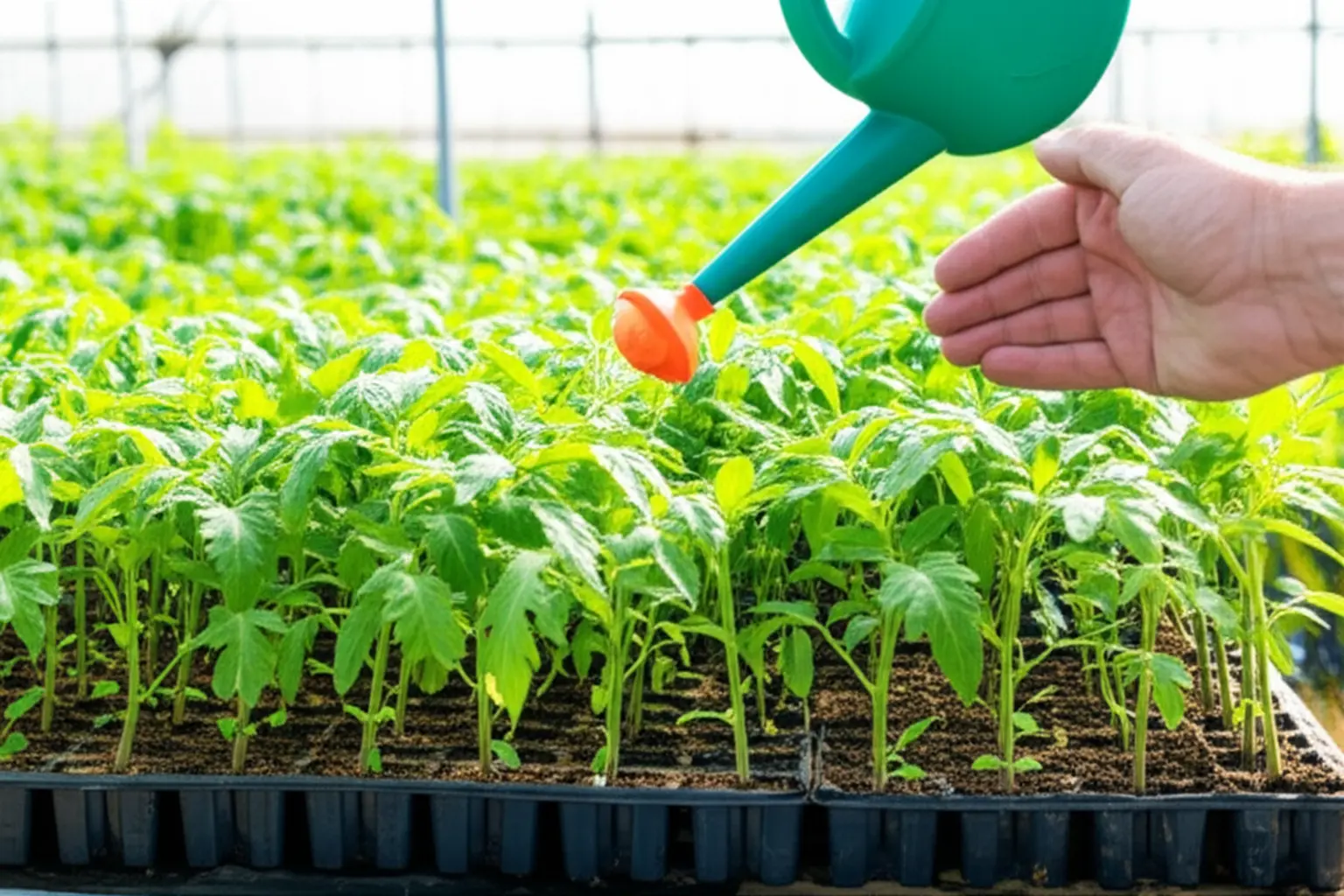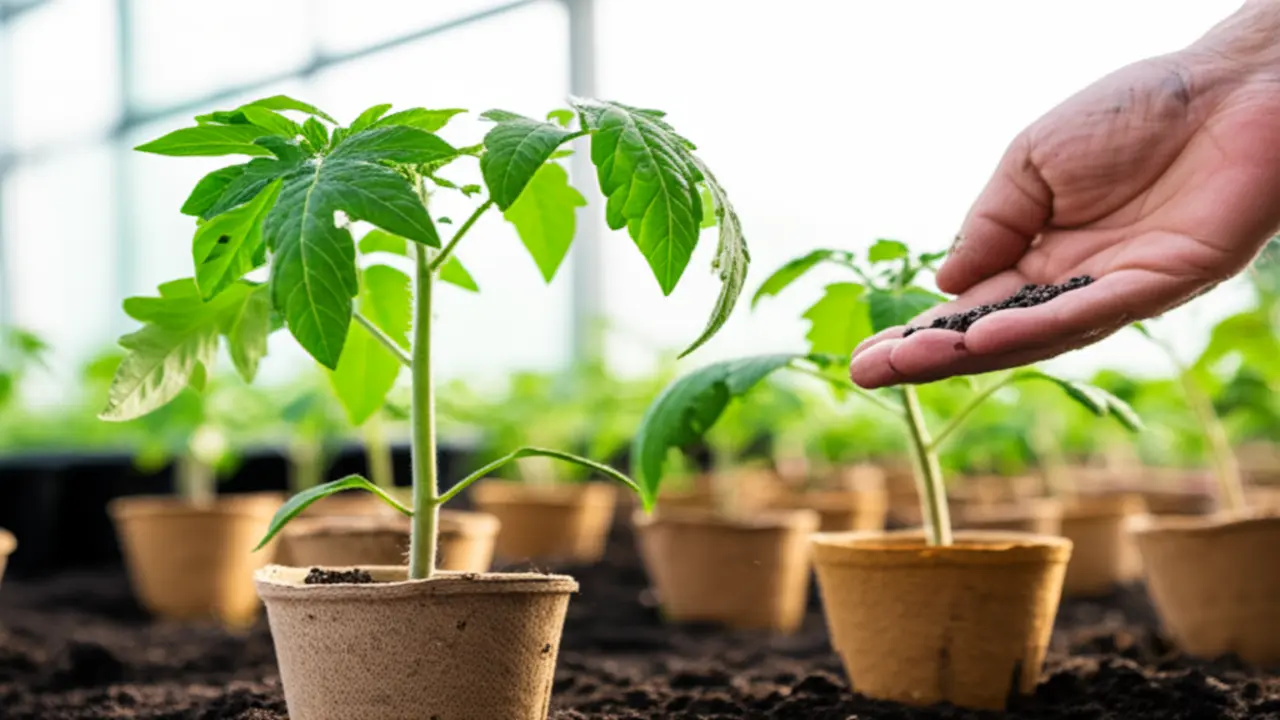
1. Optimizing Tomato Seedling Growth with Fertilizer
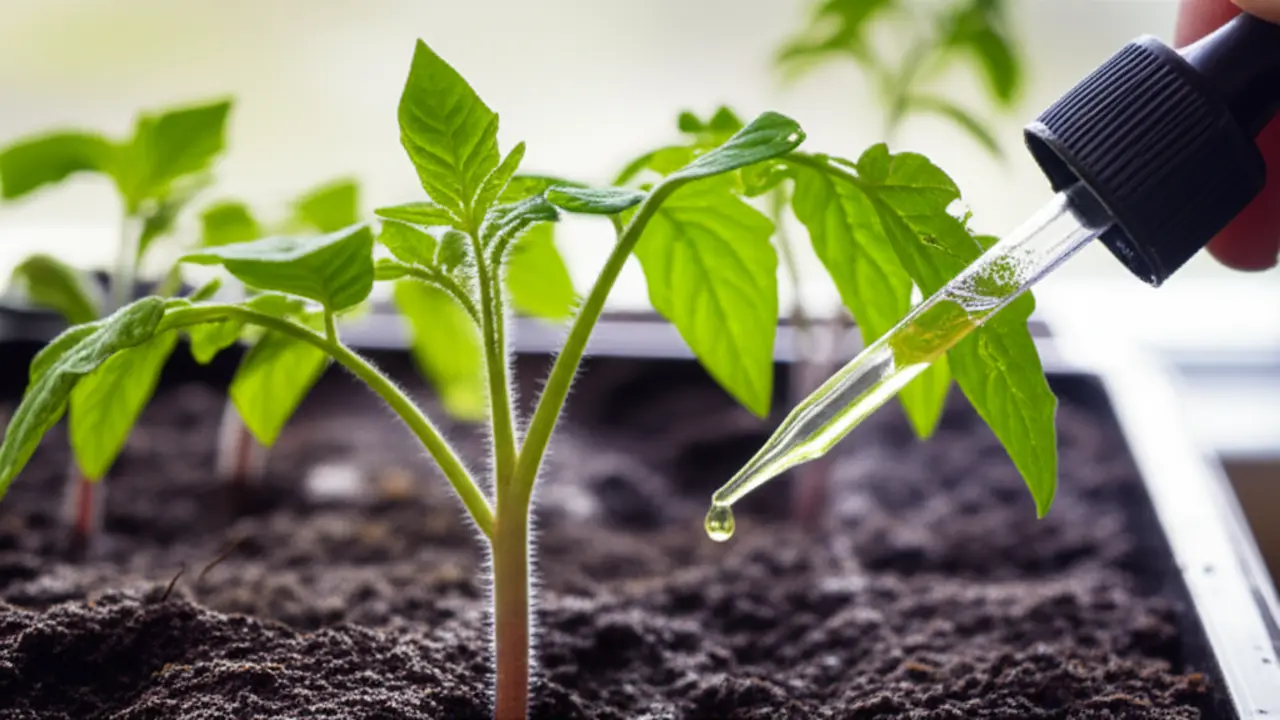
2. The Science of Tomato Seedling Nutrition
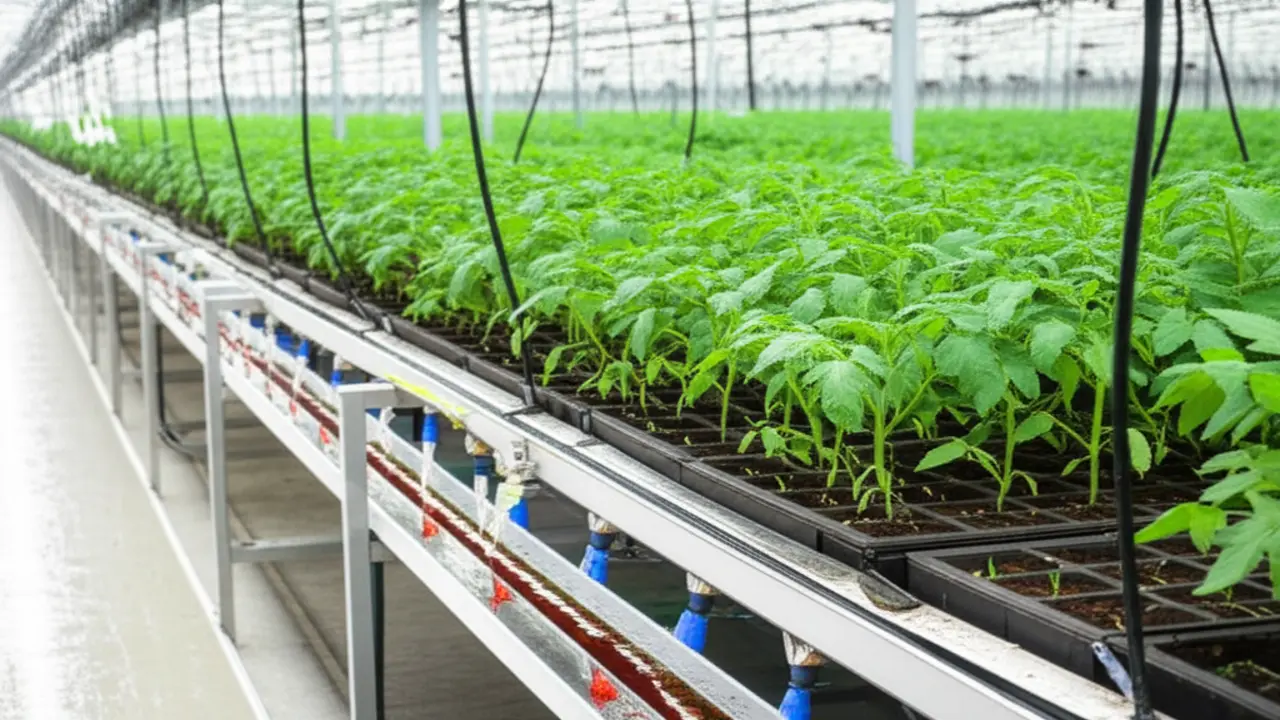
3. Fertilizer Application Strategies for Commercial Growers
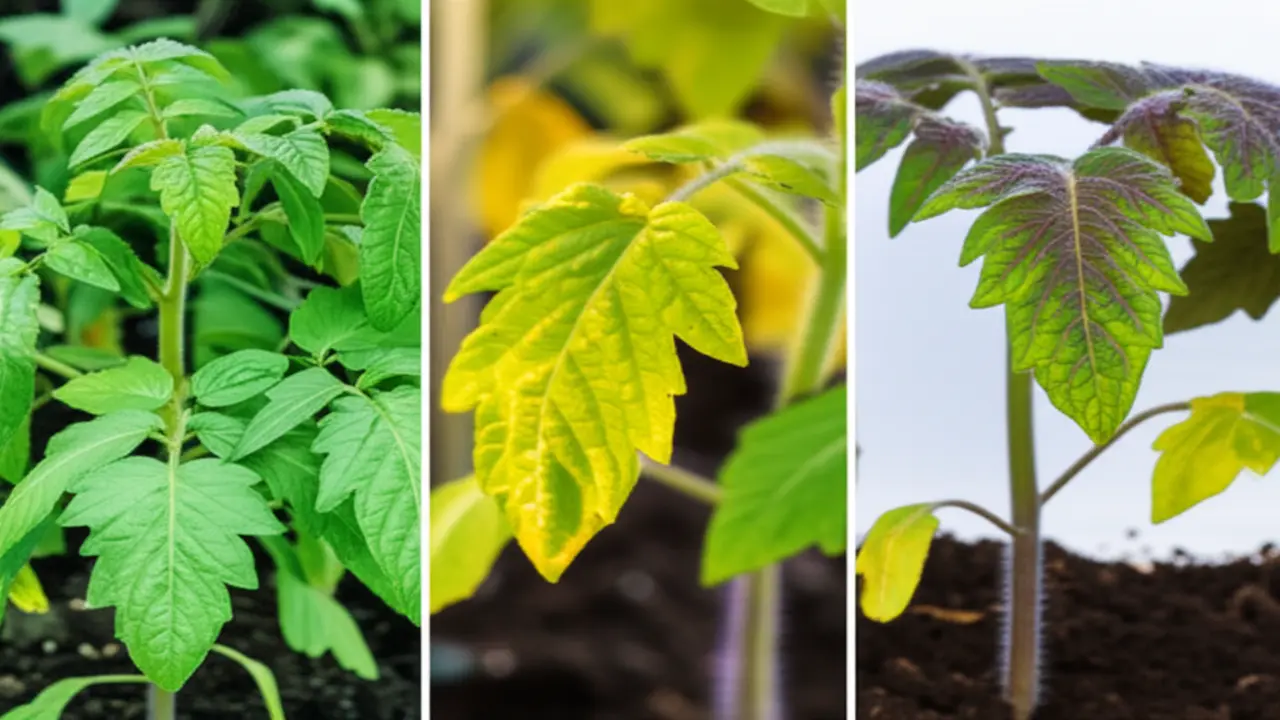
4. Identifying and Rectifying Nutrient Deficiencies
Once identified, corrective actions must be swift. The most effective solution often involves adjusting your tomato seedling fertilizer program. For an immediate fix, apply a liquid feed rich in the deficient nutrient. A foliar spray can provide even faster uptake in severe cases. For example, a calcium nitrate solution can address both calcium and nitrogen needs. As a preventative measure for the 2025 season, ensure your base fertilizer provides a balanced ratio of N-P-K and essential micronutrients. When incorporating granular amendments into the soil, it’s important to understand the proper how to use hand cultivator technique to avoid damaging the delicate root systems of the seedlings.
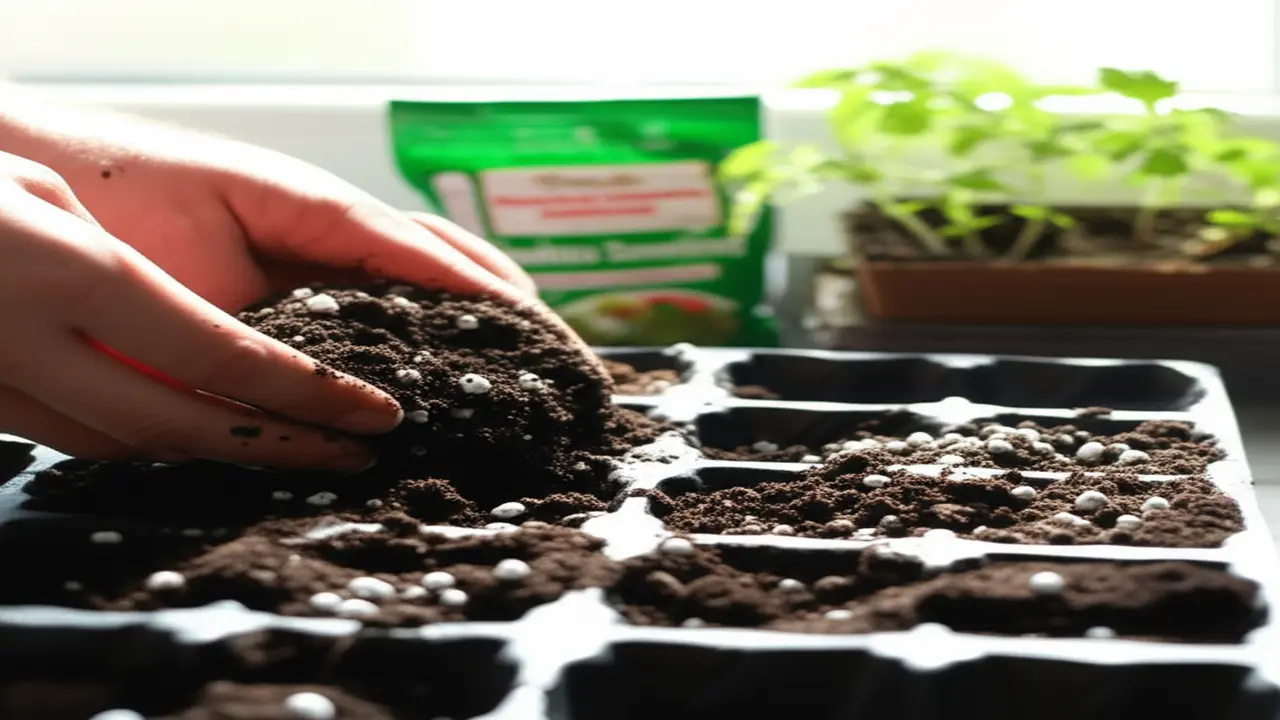
5. Soil Health and Preparation for Seedlings
6. Ensuring Safe and Sustainable Fertilization Practices
7. Frequently Asked Questions (FAQs) for Commercial Tomato Seedling Growers
* What is the ideal N-P-K ratio for tomato seedlings?
For young tomato seedlings, a balanced fertilizer with a ratio like 1-1-1 or 2-1-2 is generally recommended to support both root and foliar development. For example, a 20-20-20 or a 15-15-15 formulation works well initially. As the seedlings develop their first true leaves, shifting to a fertilizer higher in phosphorus (the “P” in N-P-K) can promote stronger root systems. Many commercial operations use water-soluble fertilizers for precise control, adjusting the formula based on visual cues and weekly tissue sample analysis.
* How often should we apply fertilizer in a commercial setting?
The standard practice is a constant liquid feed (fertigation) system, where a diluted fertilizer solution is used with every watering. This provides a steady supply of nutrients, preventing the “feast and famine” cycle of periodic feeding. For a typical soilless mix, maintaining an electrical conductivity (EC) level between 1.5 and 2.5 mS/cm in the root zone is a common target. This consistent approach ensures the tomato seedling fertilizer is always available for uptake without overwhelming the delicate roots.
* What are the signs of over-fertilization?
Over-fertilizing is a critical issue. Look for symptoms like burnt leaf tips, dark green but stunted foliage, and white salt-like crust forming on the soil surface. High salt concentration from excess fertilizer can reverse osmosis, pulling water out of the plant’s roots and causing them to dry out, even in moist soil. If you suspect over-fertilization, flush the growing medium with plain, pH-balanced water immediately to leach out excess salts.

